Taste
Coffee appraisers select coffee beans that match the season while keeping the four seasons in mind.

With a refreshing scent
Taking advantage of the clear acidity
Light flavor
Rich and mild
As the mild spring weather comes to an end, we turn our thoughts to the clear blue skies and white clouds of summer, creating a blend that makes use of a refreshing aroma and clear acidity.
Design
The illustrations of delicate flowers and trees are carefully drawn by hand by our employees.

After the Rain × Hydrangea
Drops of water remain on the leaves after the rain and sparkle in the sunlight.
I painted this hoping to evoke the delicate and gorgeous beauty of hydrangeas and the distinctive scent of green, slightly moist summer air after a rain.
夏珈琲の商品ラインナップ
ドリップコーヒーの
おいしい淹れ方

Shake the bag gently to push the coffee down and cut along the cutting lines at the top.
Shake the bag lightly to drop coffee to the bottom and cut the bag along the slit.

Hold the bottom of the hook and spread it apart to secure it firmly around the edge of the cup.
Widen the two hooks and hang them on a cup.

Pour in a small amount of hot water, let it steep for about 20 seconds, then pour in hot water in 2-3 batches. (Finished product: about 130-140ml)
After moisten coffee with a little hot water and wait for about 20 seconds, pour hot water over coffee in 2 or 3 sessions. (You have130 - 140ml of brewed coffee.)


A stroll through Kyoto in summer
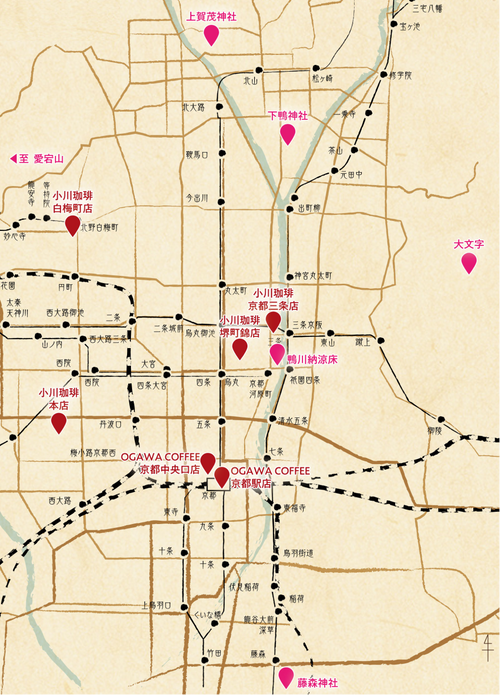
Feel the summer in Kyoto with "Summer Coffee"
We bring you Kyoto's rich nature and atmospheric streets that change with the seasons.
"Hot Kyoto summer" The wisdom of our ancestors to feel cool through nature and food is still deeply rooted today.
Why not go out and look for hydrangeas in refreshing colors that will make even the rain more enjoyable?
Supported by: Leaf
Ogawa Coffee's recommended points
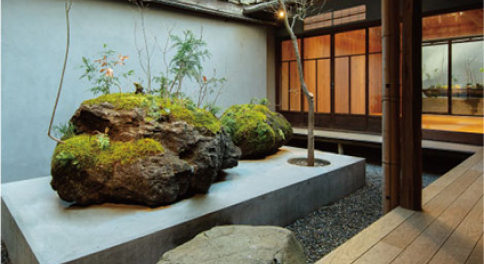
The biotope is an iconic feature of Ogawa Coffee Sakaimachi Nishiki store.
The vibrant plants create a cool and relaxing atmosphere.
Seasonal Coffee List
-
Organic Coffee Guatemala Blend (ground) 160g No.767
Regular price 1,155円(税込)Regular price → Sale price 1,155円(税込)Unit price per -
Organic Coffee Guatemala Blend (ground) 160g 5 bags No.768
Regular price 5,197円(税込)Regular price → Sale price 5,197円(税込)Unit price perSold out -
Organic Coffee Guatemala Blend (ground) 160g 25 bags No.769
Regular price 24,543円(税込)Regular price → Sale price 24,543円(税込)Unit price perSold out -
Organic Coffee Guatemala Blend (Beans) 160g 25 bags No.772
Regular price 24,543円(税込)Regular price → Sale price 24,543円(税込)Unit price perSold out -
Blue Mountain No.1 OGAWA PLOT (beans) 100g No.6187
Regular price 4,500円(税込)Regular price → Sale price 4,500円(税込)Unit price per -
Specialty Coffee Blend 002 (powder) 150g No.318
Regular price 1,134円(税込)Regular price → Sale price 1,134円(税込)Unit price per -
Specialty Coffee Blend 002 (beans) 150g No.321
Regular price 1,134円(税込)Regular price → Sale price 1,134円(税込)Unit price per -
Specialty Coffee Blend 009 (powder) 150g No.324
Regular price 1,134円(税込)Regular price → Sale price 1,134円(税込)Unit price per -
Specialty Coffee Blend 009 (beans) 150g No.327
Regular price 1,134円(税込)Regular price → Sale price 1,134円(税込)Unit price per -
[Shipping costs covered by us] Direct store exclusive Regular coffee trial set No.222
Regular price 1,980円(税込)Regular price → Sale price 1,980円(税込)Unit price per




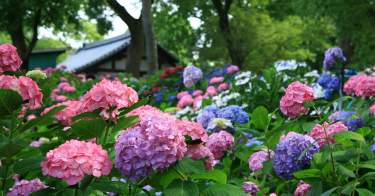
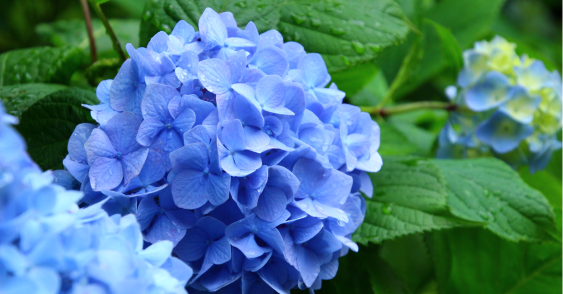
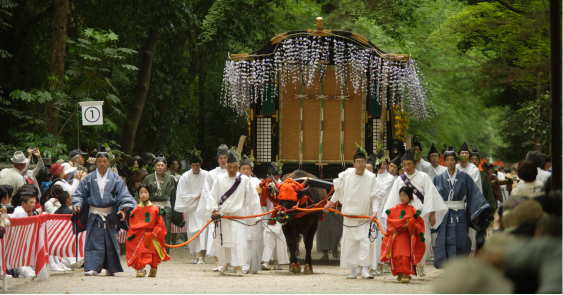
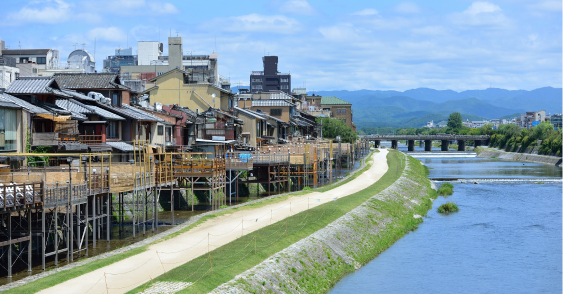
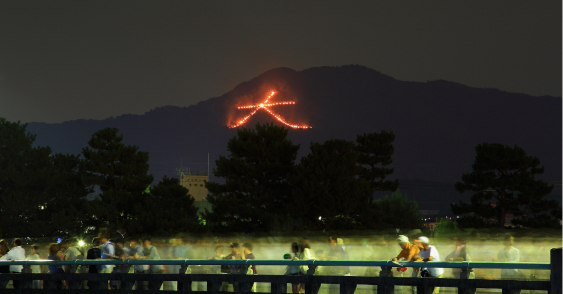
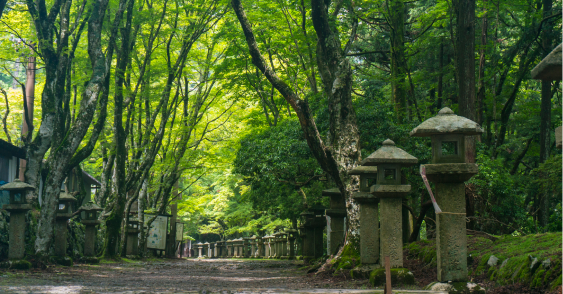
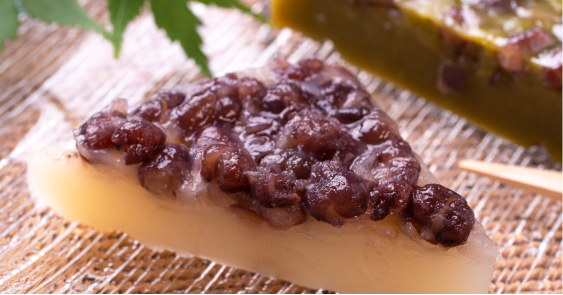
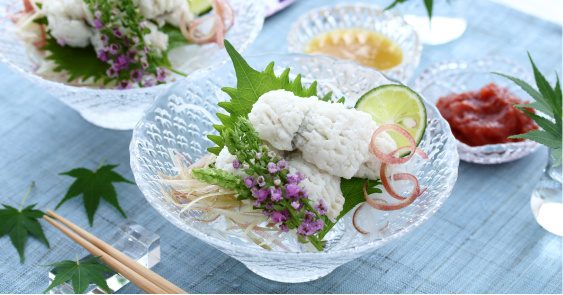





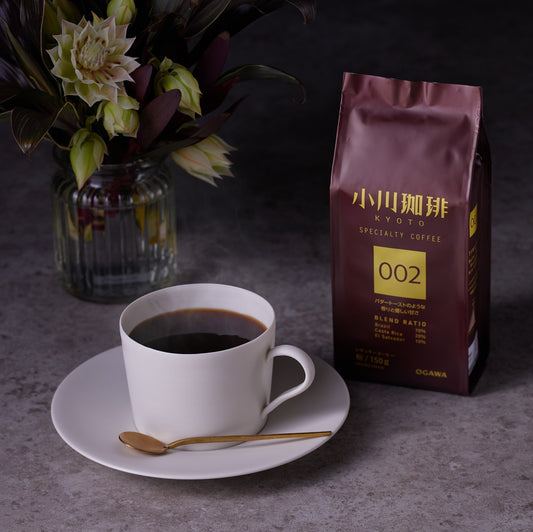
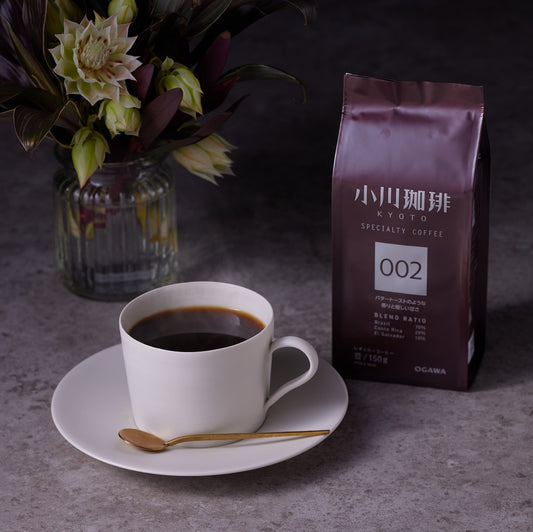
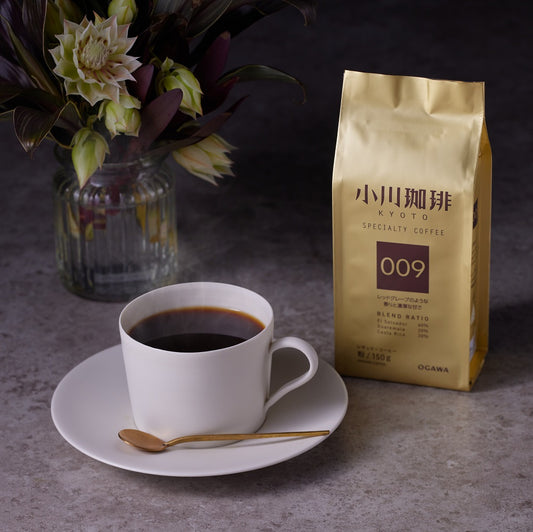
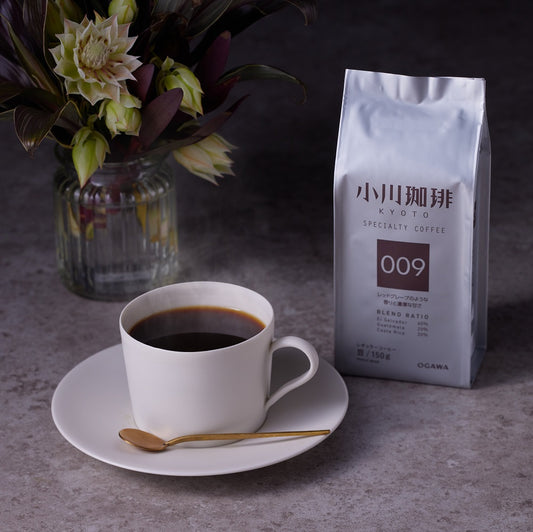
![[Shipping costs covered by us] Direct store exclusive Regular coffee trial set No.222](http://oc-shop.co.jp/cdn/shop/products/222-1.jpg?v=1687926414&width=533)



